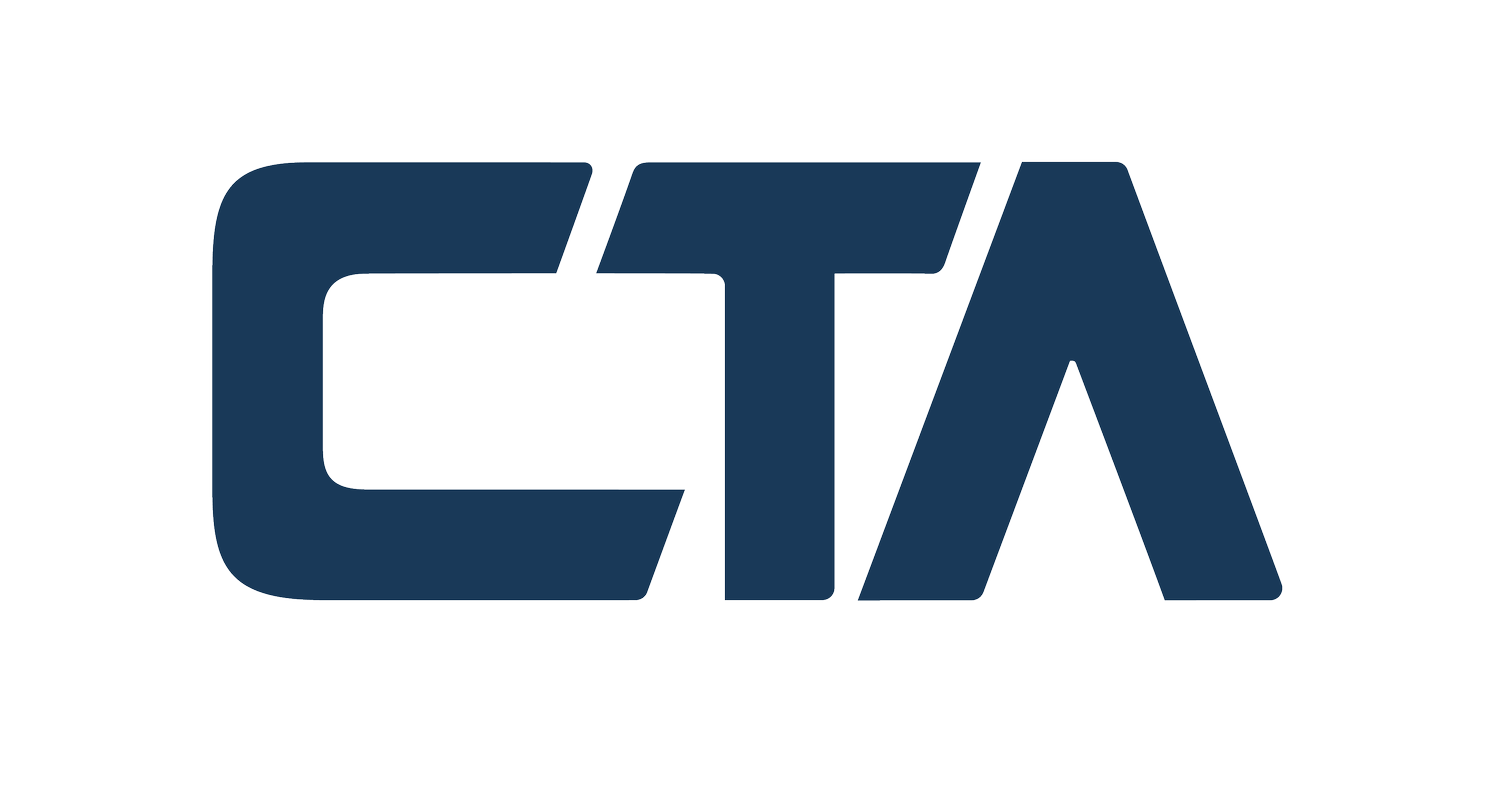In today’s rapidly evolving economic landscape, businesses face unprecedented challenges, particularly in managing supply chain disruptions. The Employee Retention Credit (ERC) has emerged as a crucial lifeline for businesses navigating these turbulent times. Understanding the ERC criteria related to supply chain disruptions is essential for businesses seeking to maximize their benefits under this program. In this article, we’ll explore the ERC supply chain disruption criteria and how businesses can leverage this knowledge for financial stability.
Understanding ERC and Supply Chain Disruption
The ERC, as part of the CARES Act, was designed to encourage businesses to keep employees on their payroll during the COVID-19 pandemic. One key aspect of ERC eligibility is experiencing a significant decline in gross receipts or facing full or partial suspension of business operations due to government orders. This includes disruptions in supply chains.
ERC Supply Chain Disruption Criteria
To qualify for the ERC under supply chain disruption, a business must demonstrate how these disruptions have significantly impacted its operations. This could include delays in receiving supplies or materials, inability to meet customer demands, or forced alterations in business operations.
Case Studies – Overcoming Supply Chain Challenges with Strategic Adaptations
Case Study 1: Clean Energy Sector and the ITC
In the clean energy sector, businesses often rely on specialized materials and equipment, which can be susceptible to supply chain disruptions. A notable example is a solar panel manufacturer that faced delays in receiving critical components due to global shipping bottlenecks. By reorganizing their production schedule and focusing on in-house research and development during the downtime, this company not only kept its workforce employed but also enhanced its product line. This strategic adaptation not only aligned them with the Clean Energy Tax Credit ITC but also made them eligible for the ERC, showcasing resilience and innovation in the face of adversity.
Case Study 2: R&D Tax Credit Beneficiaries Tackling Supply Issues
The R&D sector is another area where supply chain disruptions can have a profound impact. Consider a biotech firm engaged in developing new pharmaceuticals. When faced with delayed deliveries of critical laboratory materials, they shifted focus to computational research and data analysis, areas less dependent on physical supplies. This pivot not only kept their projects moving forward but also maintained full employment for their research team. Their ability to adapt underlines the principles of the Research and Development Tax Credit and positions them as a prime candidate for the ERC.
Case Study 3: 179D Green Energy Incentive Participants Responding to Material Shortages
Businesses participating in the 179D Green Energy Incentive have also faced their share of supply chain challenges. A case in point is a construction company specializing in energy-efficient buildings. When they encountered delays in receiving energy-efficient materials, they focused on enhancing their designs and conducting energy simulations, thereby keeping their workforce engaged and productive. This approach not only mitigated the impact of supply chain disruptions but also reinforced their commitment to energy efficiency, making them eligible for both the 179D incentive and the ERC.
Documenting Supply Chain Disruptions for ERC
Documenting how supply chain disruptions affected your business is critical. This includes maintaining records of delayed shipments, correspondence with suppliers, and any changes in business operations due to these delays. This documentation will be crucial when applying for the ERC.
How to Apply for ERC with Supply Chain Disruptions
Applying for the ERC requires a detailed understanding of the tax code and how these disruptions impact your eligibility. It’s advisable to consult with tax advisors who can guide you through the process. For instance, services like Cost Segregation, Jobs and Training Credits, and Employee Retention Credit ERC offer insights into maximizing your tax benefits during these challenging times.
Conclusion
The ERC provides a significant opportunity for businesses grappling with supply chain disruptions. Understanding and meeting the ERC criteria can lead to substantial financial relief. As you navigate these challenges, remember that leveraging expert advice and services can make a significant difference in optimizing your tax benefits and sustaining your business through these disruptions.
Need assistance? Schedule your ERC Consultation today.








